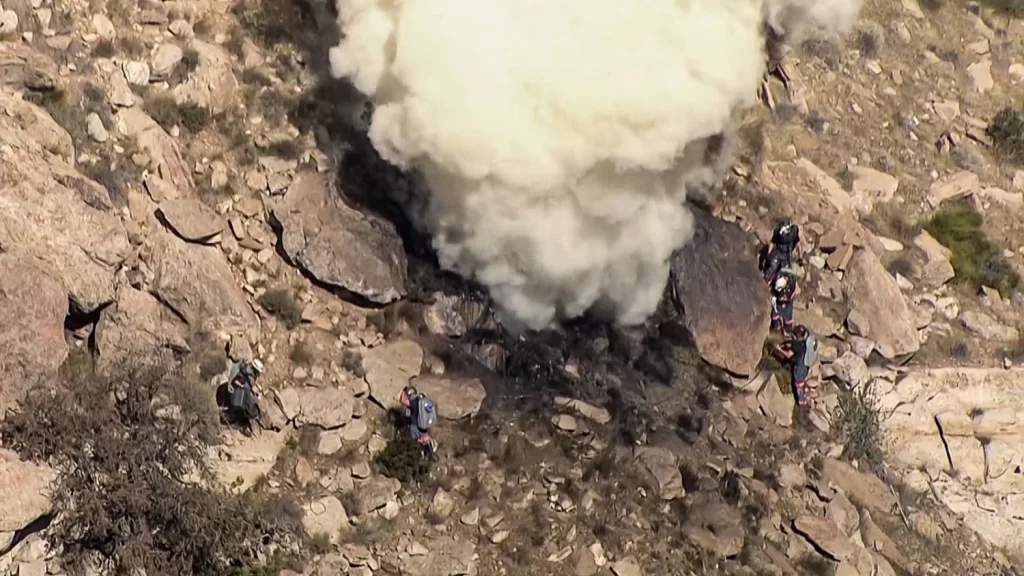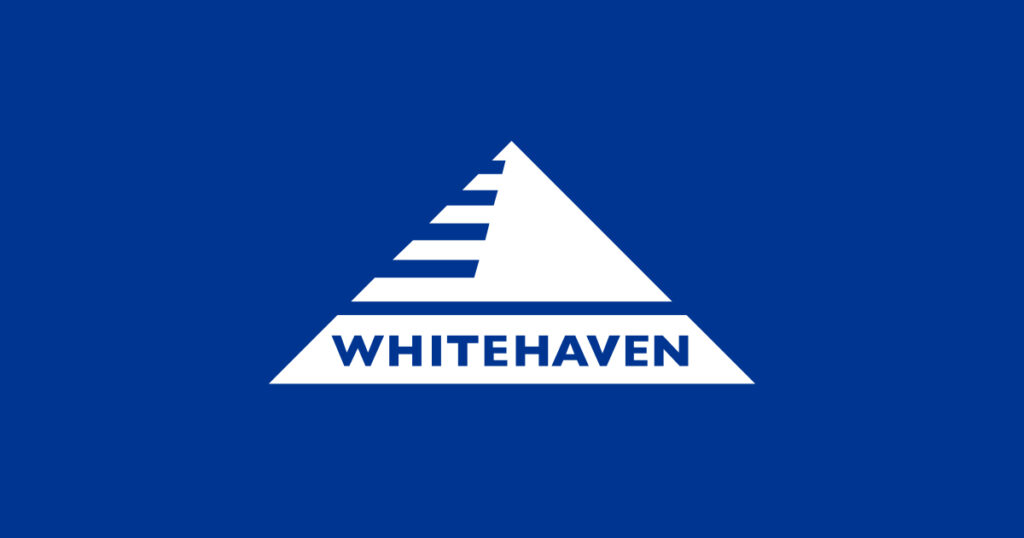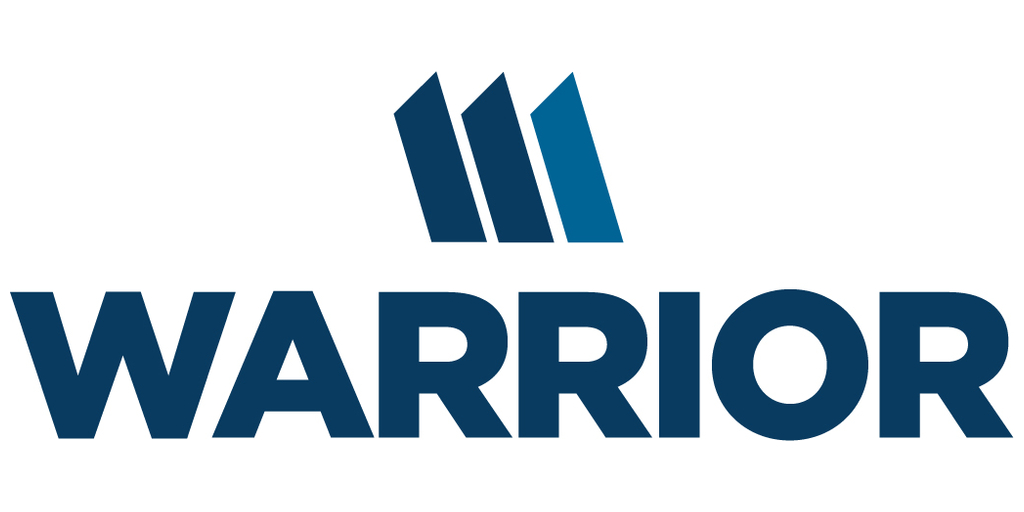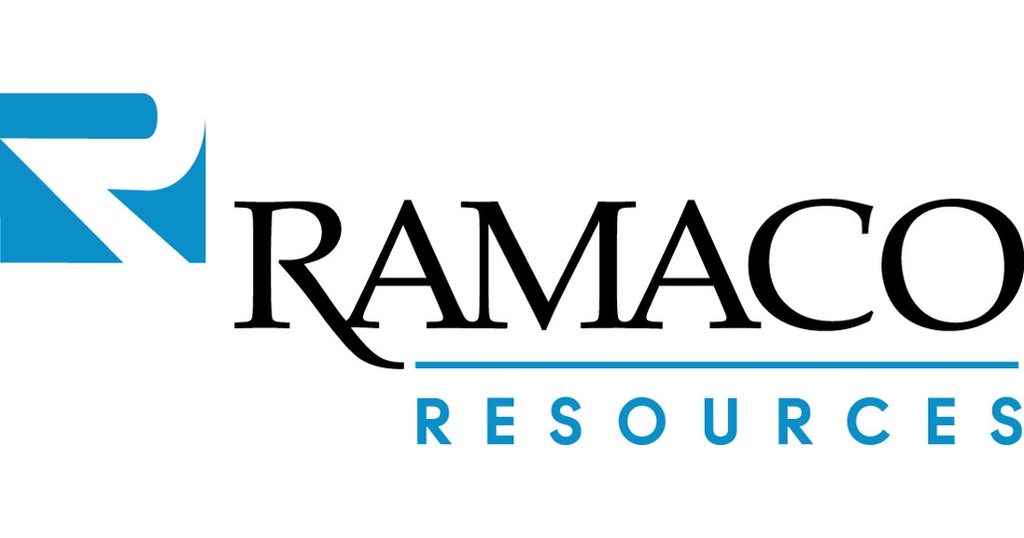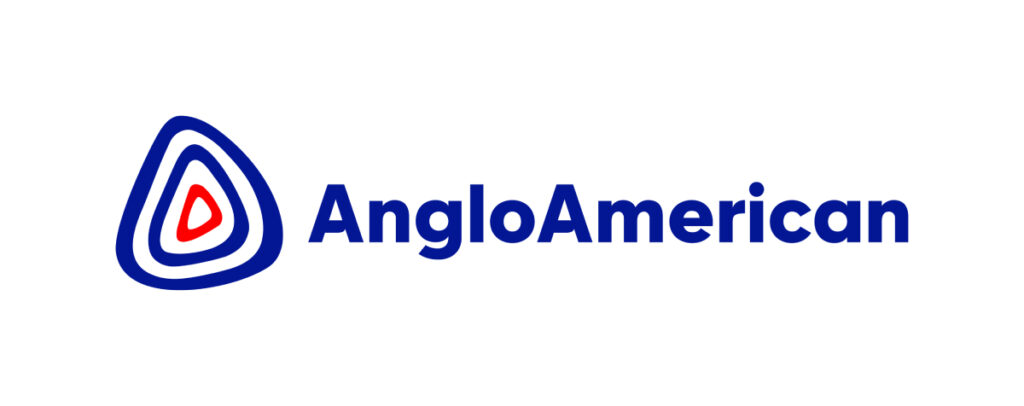Anglo American Plc tumbled the most in more than two years after unveiling plans to cut drastically the amount of commodities it mines in a bid to slash costs amid logistical and operational snarls at its operations.
Anglo’s relatively new Chief Executive Officer Duncan Wanblad has faced a tough start to his tenure. He stepped into the role with most commodity prices at a record, but they have declined since then. The company’s portfolio also has been hampered by issues from extreme weather to a breakdown in crucial infrastructure in South Africa.
The miner’s shares slid as much as 11% in London, the most since August 2021. The stock has lost more than third of its value this year, weighed down by struggles in its diamond business and slumping prices for key commodities such as palladium.
While most of the commodities Anglo mines are currently in surplus amid weak demand from China and sluggish economies elsewhere, the scale of the company’s production cuts will likely add to expected shortages of some materials going forward.

Anglo on Friday said it will produce less copper, an essential material needed to decarbonize the global economy. Most analysts and mining executives see a looming shortage of the metal with few new mines on the horizon.
It lowered its 2024 output target for copper to between 730,000 tons and 790,000 tons, from as much as 1 million tons, essentially removing the equivalent of a large copper mine from global supply. Production will fall even more in 2025, before starting to rise again the following year.
The miner will reduce expenditure by another $500 million next year, on top of a $500 million reduction already announced. The company also plans to cut its capital spending by $1.8 billion though to 2026.
“Given continuing elevated macro volatility, we are being deliberate in reducing our costs and prioritizing our capital to drive more profitable production on a sustainable basis,” Wanblad said.
Lower Output
Overall, Anglo’s production will be about 4% lower next year, before falling another 3% in 2025, it said. It also lowered forecasts for platinum-group metals, iron ore, nickel and coal.
The company has been battling challenges in its South African operations, tackling slumping prices for PGMs and the poor performance of rail and port infrastructure that’s stymieing iron ore exports. Anglo said its PGM output could fall to as low as 3.3 million ounces next year, from 3.8 million ounces this year.
Returns for PGM miners are “at the lowest point seen in this industry in the past 30 years,” Wanblad said. The price of palladium and rhodium has fallen fast this year, decreasing 45% and 65%. Platinum has fared better, slumping about 15%. Anglo American Platinum Ltd. will postpone plans to build a third concentrator at its flagship Mogalakwena mine and to expand production at its Amandebult complex, according to Wanblad.
“Whilst it is clearly not positive that Anglo has come to this situation where it needs to shrink its footprint, we think this new streamlined Anglo American should allow it to shed some of the recently more challenging aspects of the business,” RBC Capital Markets analyst Tyler Broda said.
Bloomberg News reported last month that the company was also considering cutting jobs at two units in South Africa because of declining PGM prices and bottlenecks curbing iron ore exports.
The miner has held talks with the government over the potential reduction in its workforce. Senior government officials asked the company to consider delaying the cuts until after elections likely to take place around May.
Constraints on the South African state-run railway that moves material extracted by Anglo unit Kumba Iron Ore Ltd. to a port north of Cape Town are unlikely to be fixed until at least 2025, according to Wanblad. The company is unable to stockpile any more iron ore on-site, so has begun to lower the volumes it’s mining, he said. “Unfortunately, the logistics just haven’t been there.”


